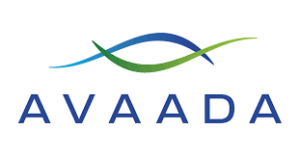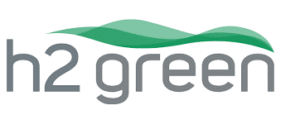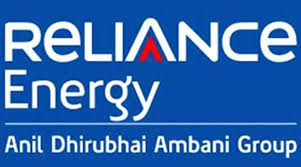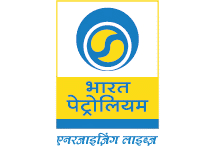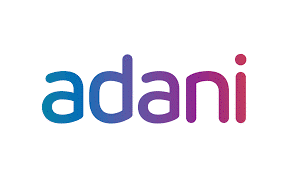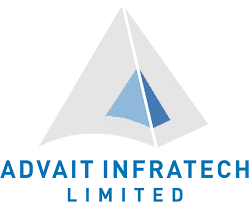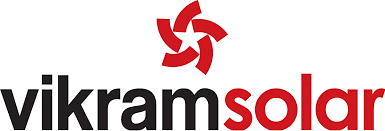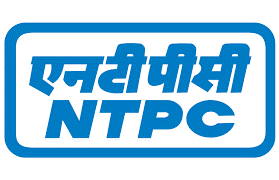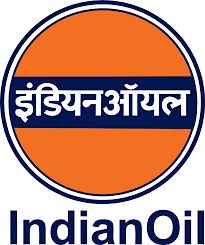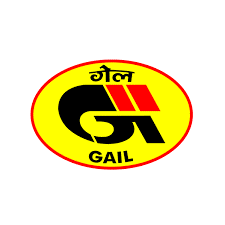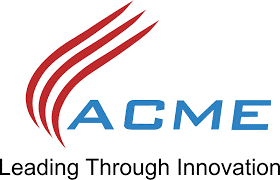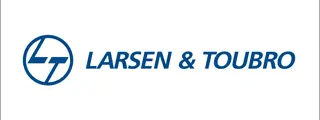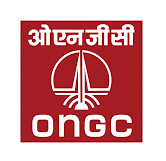- +91 99718 57977
- [email protected]
- Gurugram, Haryana - 122102
No Widget Added
Please add some widget in Offcanvs Sidebar
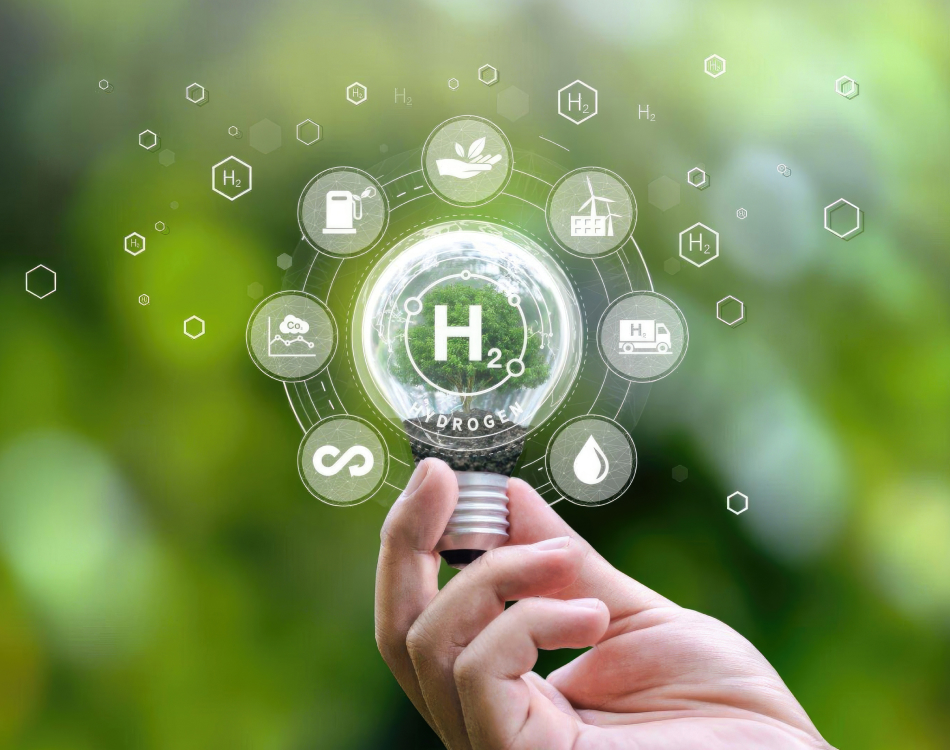
INTRODUCTION
Introducing a professional development certifying training course for engineers on Solar & Green Hydrogen Energy, a transformative month-long program designed to empower engineers with the latest skills in renewable energy. With a total contact time of approximately 240 hours, this comprehensive course delves into solar and green hydrogen technologies, offering hands-on experience and in-depth knowledge crucial for the rapidly evolving energy landscape. Recognizing the paramount importance of renewable energy, this training is strategically curated to meet the global demand for skilled professionals capable of driving sustainable energy initiatives. AIT Extension, participants will gain practical expertise and receive a recognized certification, ensuring they stand at the forefront of the green energy revolution.
AIT and AIT Extension
The Asian Institute of Technology promotes technological change and sustainable development in the Asian-Pacific region through higher education, research, and outreach. Established in Bangkok in 1959, AIT has become a leading regional postgraduate institution and is actively working with public and private sector partners throughout the region and with some of the top universities in the world.
AIT Extension is the continuing professional education and short course training arm of the Asian Institute of Technology. Our short courses cover the scope of AIT’s expertise in management, technology, and development studies.
For the past three decades, non-degree short courses offered by the Asian Institute of Technology (AIT) have built on the institute’s strengths and uniqueness – the Institute’s unparalleled internationality, our extensive pool of international faculty and expert resource persons, our network of key institutions in the region, and a comprehensive accumulation of knowledge and understanding of socioeconomics, technological levels, and needs of many Asian countries.
Consistent with the mission of the Asian Institute of Technology, AIT Extension works with a mandate to contribute towards the development of the region through continuing professional education, training, and consultancy services. Over the past three decades, we have offered short courses to some 24,000 professionals from more than 70 countries around the world. AIT Extension works with professionals in national governments, overseas development agencies, multilateral agencies, development institutions, private sectors, investment banks, consultants, and NGOs.
AIT Extension with the faculties from three schools of AIT, forms a team of experts in delivering professional development courses to cater to the needs of the clients in the Asia Pacific region. In this training course, AIT Extension will work with the faculties and researchers from the Sustainable Energy Transition, Department of Energy, Environment and Climate Change, School of Environmental Research Development, AIT. The practical sessions will be held in the technical laboratory facilities of the energy park at AIT and also in recognized technical laboratories in partner Institutes in Thailand.
The course comprises classroom lectures, discussions, case studies, field visits, interaction with professionals, and sharing experiences. The course is divided into sixteen (16) principal modules:
1.1 Overview of the Energy Market
1.2 Overview of Hydrocarbon Energy
1.3 Overview of Electricity Energy and Distribution
1.4 Type of Renewable Energy, Advantage & Challenges
1.5 World Environmental challenge & Green House gases and impact, COP Policy, Carbon Credit Market.
1.6 Properties of Hydrogen & Unit Conversion
1.7 Overview of the Hydrogen production process and production process of Ammonia, Methanol, and Peroxide
2.1 Understanding of Solar System and Solar Energy Calculation.
2.2 Type of Solar Panel and Understanding Panel Characteristics, Panel Selection
2.3 Design of DC to DC/ AC Inverter and Load Calculation.
2.4 Understanding of Inverter Data Sheet and Selection for Different Loads.
3.1 Type of Various Energy Storage Systems
3.2 Type of Battery & Technology, uses.
3.3 Understanding of Battery characteristics & Load calculations.
3.4 Selection of battery as per load requirements
3.5 Battery Management System and Understanding of Utility-Grade Energy Management System.
4.1 Components of Electrical Systems
4.2 Line Diagram of Transmission and Distribution
4.3 Understanding of Characteristics of Transformer, breakers, and other substation systems, selection.
4.4 Sizing & Load calculation and components selections
4.5 Understanding of Substation Line Diagram
5.1 Electrical Area Classification and Standards
5.2 Various Electrical Codes
5.3 Type of Earthling, Grounding, and Binding
6.1 Solar panel Load calculation
6.2 Type of Steel structure and sizing
6.3 Type of Foundation and Sizing
7.1 Type of Electrolysers and Their Components
7.2 Understanding of Electrolysers specification and selections.
7.3 Load Calculation of Electrolysers
7.4 Characterized of Electrolyser with Solar Systems.
7.5 Hydrogen purification system design and selection
7.6 Design, Selection of water purification system
8.1 Sizing of Piping & Tubing and MOC
8.2 Designing of Piping Systems & components.
8.3 Type of Hydrogen storage, Comparison, and selections
8.4 Selection of Hydrogen compressors
9.1 Type of Fuel Cell & Components
9.2 Understanding of fuel cell specification and selections, Load calculations.
9.3 Design of DC to AC converter and characterization with Load output
10.1 PLC System
10.2 System Integration
11.1 Exclusive system code & standard
11.2 Pressure vessel & Cylinder code and standards
11.3 Various Codes and Standards for Hydrogen Systems
11.4 Safety System, Vent & Drain
12.1 Fire, gas, and alarm system
12.2 Fire Fighting Systems
13.1 Various stages of plant design
13.2 Understanding and Remaining of PFD & P&ID
13.3 Underdoing of control Logic Diagram
14.1 Design of Overall Plant as per Load requirement, Selection, and sizing of Various components
14.2 Material and Flow Balance
14.3 Electrical Load Balance
15.1 Stages of Project Engineering
15.2 Process of Project feasibility report and economy
| S.No | Name | Position/affiliation | Team Role |
|---|---|---|---|
| 1. | Dr. Jai Govind Singh | Associate Professor, Associate Professor Sustainable Energy Transition, Department of Energy, Environment and Climate Change, School of Environment Resources and Development Asian Institute of Technology Thailand |
Project Team Leader |
| 2. | Prof. P. Abdul Salam | Dean, School of Environment, Resources, and Development and Professor, Sustainable Energy Transition Program Asian Institute of Technology Thailand | Project Associate Team Leader |
| 3. | Dr. Rupendra Kumar Pachauri | Associate Professor, Electrical Cluster School of Advanced Engineering Energy Acres: Bidholi via Premnagar Dehradun, India | Project Associate |
| 4. | Mr. Roberto Diopenes | Vice President of Finance, B.Grimm Power PCL/ FVP, Thailand | Industry Expert |
| 5. | Mr. Ravi Anand | Vice President, B.Grimm Power PCL, Thailand | Industry Expert |
| 6. | Mr. Mrutyunjaya Nanda | Team Leader (Technology and Markets), Asia Clean Energy Partners, Thailand | Industry Expert |
| 7. | Mr. Asok Lamichhane | Treasury Manager, National power Supply PCL, Thailand | Industry Expert |
India’s hydrocarbon economy, valued at approximately 140,000 crore INR, is set to undergo significant transformation. Within the next six years, 30% of this sector is expected to transition to green hydrogen, with a goal of achieving net-zero carbon emissions by 2070. This transition involves substantial technological advancements and requires India to produce 1.2 million certified hydrogen energy professionals by 2030. Globally, there will be a demand for 38.2 million green hydrogen energy professionals.
Currently, there is a significant skills gap in the green hydrogen sector, particularly among engineers, which poses a major challenge to developing new energy uses. Several companies have announced significant investments in green hydrogen but are struggling to find qualified engineers. Investments in this sector exceed USD 200 billion (approximately 16,60,000 crore INR), with top investors including Adani (USD 40 billion), Reliance Industries (USD 20 billion), NTPC, IOCL, HPCL, GAIL, L&T, and Tata Power, among 70 others Corporate in India .
Major Job providers for Certified Hydrogen and Solar Engineer is as following
